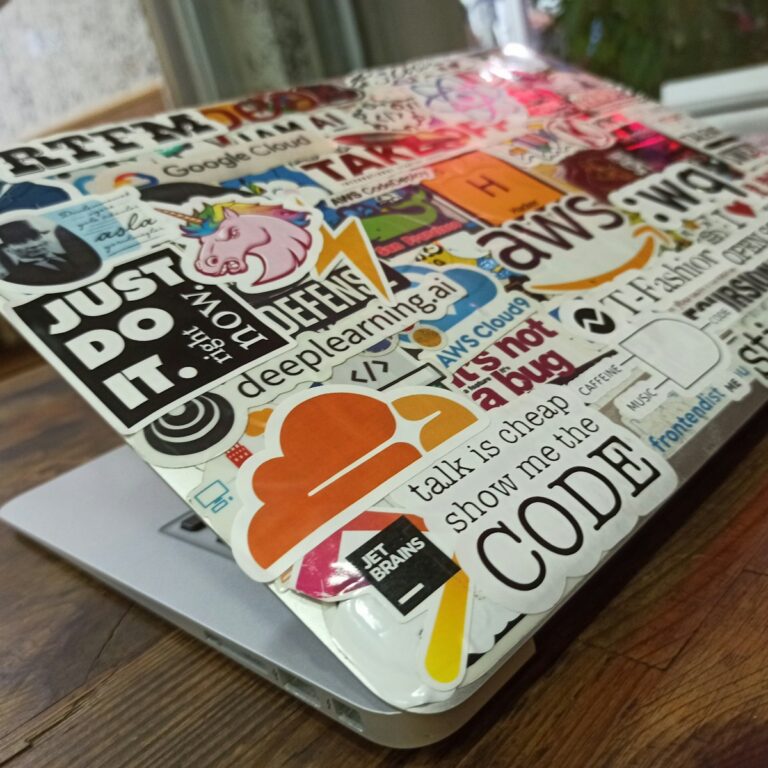From Zero to Hero: Building Your First Software Project

So, you’re itching to build your first software project but don’t know where to start? Don’t worry; you’re not alone! Whether you’re fresh out of school or just getting into coding, taking that leap from learning to actually building something can feel like a massive jump. But guess what? It’s totally doable, and I’m here to help guide you through the process. Let’s turn that idea of yours into reality and take you from zero to hero! 💪
Step 1: Get Inspired ✨
Before you start coding, you need an idea. This is where inspiration comes into play. Think about a problem you want to solve or something you’re passionate about. It doesn’t have to be groundbreaking—just something that gets you excited. Maybe it’s a simple to-do list app, a personal website, or a tool that helps you keep track of your favorite movies. The key is to choose something you’ll enjoy working on.
If you’re stuck, check out platforms like GitHub, Dribbble, or even Reddit for project ideas. You can also look at popular apps or websites and think about how you could build a simpler version of them.
Step 2: Plan It Out 📝
Once you have your idea, it’s time to plan. Now, don’t skip this step—it’s crucial! Break down your project into smaller, manageable tasks. Think about what features you want to include and how they will work. Sketch out your app’s user interface (UI) or create wireframes. This doesn’t have to be fancy; even a rough sketch on paper can help you visualize your project.
At this stage, it’s also important to choose the right tech stack. Will you use Python, JavaScript, or maybe something like Flutter? Choose technologies that align with your project’s goals and your current skill level.
Pro Tip: Start small. It’s tempting to build something big and complex, but it’s better to create a simple, working version first. You can always add features later!
Step 3: Start Coding 💻
Alright, the fun part—coding! This is where you’ll bring your idea to life. Set up your development environment, create your project repository on GitHub, and start coding. Remember, it’s okay to struggle and make mistakes; that’s how you learn.
Focus on getting the core functionality up and running. Don’t worry about making it perfect on the first try. It’s all about progress, not perfection. If you hit a roadblock, Google is your best friend. There’s a good chance someone else has faced the same issue, and there are plenty of resources and communities out there to help you.
Pro Tip: Keep your code organized. Use meaningful variable names, write comments, and break your code into functions or modules. It’ll save you a headache when you come back to it later.
Step 4: Test and Debug 🐞
Once you’ve got a working version of your project, it’s time to test it out. This is where you’ll find and fix any bugs. Testing can be as simple as manually clicking through your app and making sure everything works as expected. But for larger projects, you might want to write automated tests to save time and ensure your code behaves correctly.
Debugging can be frustrating, but it’s an essential part of the process. Don’t get discouraged if things don’t work perfectly right away. Use debugging tools in your code editor or console to track down issues. Remember, every bug you fix is a step closer to your final product!
Step 5: Polish and Refine ✨
With your project working smoothly, it’s time to polish it up. This means refining your UI, improving the user experience (UX), and cleaning up your code. Pay attention to the little details—they make a big difference!
If your project has a user interface, consider using design frameworks like Bootstrap or Materialize to make it look sleek and professional. And don’t forget to write some documentation or a README file for your project. This will help others (and future you) understand what your project does and how to use it.
Step 6: Share It with the World 🌍
You’ve put in the hard work, and now it’s time to show it off! Deploy your project to a hosting platform like GitHub Pages, Heroku, or Netlify. Share it on social media, and don’t be shy about asking for feedback. If you’re proud of your project, consider adding it to your portfolio or even submitting it to open-source communities.
Sharing your work not only helps you get noticed but also gives you valuable feedback that can help you improve. Plus, it feels amazing to see others use and appreciate something you’ve built!
Final Thoughts 💡
Building your first software project is a rewarding experience that can boost your confidence and open up new opportunities. Remember, the key is to start small, keep learning, and don’t be afraid to make mistakes. Every step you take brings you closer to becoming the software developer you aspire to be.
So, what are you waiting for? Get out there and start building! 🚀


